1. Candy Cigarettes
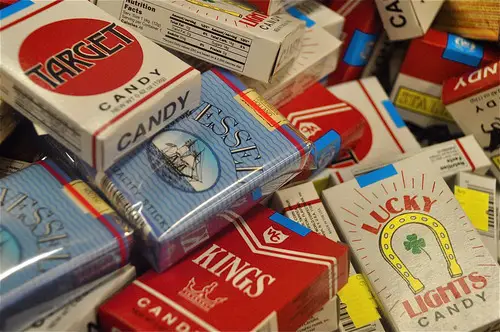
In the 1950s, candy cigarettes were a staple of childhood, oddly enough. Sold at nearly every corner store, these chalky white sugar sticks or bubblegum-wrapped treats looked just like the real thing. Some even had red-dyed tips or released a puff of powdered sugar to mimic smoke. Kids would strut around pretending to light up, imitating their parents and movie stars without thinking twice about it shares Chowhound.
At the time, smoking was seen as sophisticated, not dangerous, so letting kids pretend seemed harmless. Today, we know better. Products that mimic tobacco use are considered a gateway to actual smoking, and most candy cigarettes have been pulled from shelves in the U.S. You’d be hard-pressed to get anything like that approved today, especially with health organizations pushing for tighter tobacco marketing restrictions adds the Takeout.
2. Lawn Darts

Lawn darts, or Jarts, were a backyard game that involved throwing large, heavy darts with metal tips high into the air toward a plastic ring target. It might sound innocent enough until you imagine one of those darts coming down on someone’s head. In the 1950s, these were considered family fun, and nobody thought twice about giving sharp projectiles to kids shares Country Living Magazine.
As the years went on, the injuries piled up. Hospital visits and even fatalities led to growing concerns, and by the late ’80s, they were officially banned. Today, there’s no way a toy like that would make it past modern safety testing. The idea of marketing weighted, sharp-pointed missiles to children feels more like a lawsuit waiting to happen than a game adds MSN.
3. Radioactive Health Products
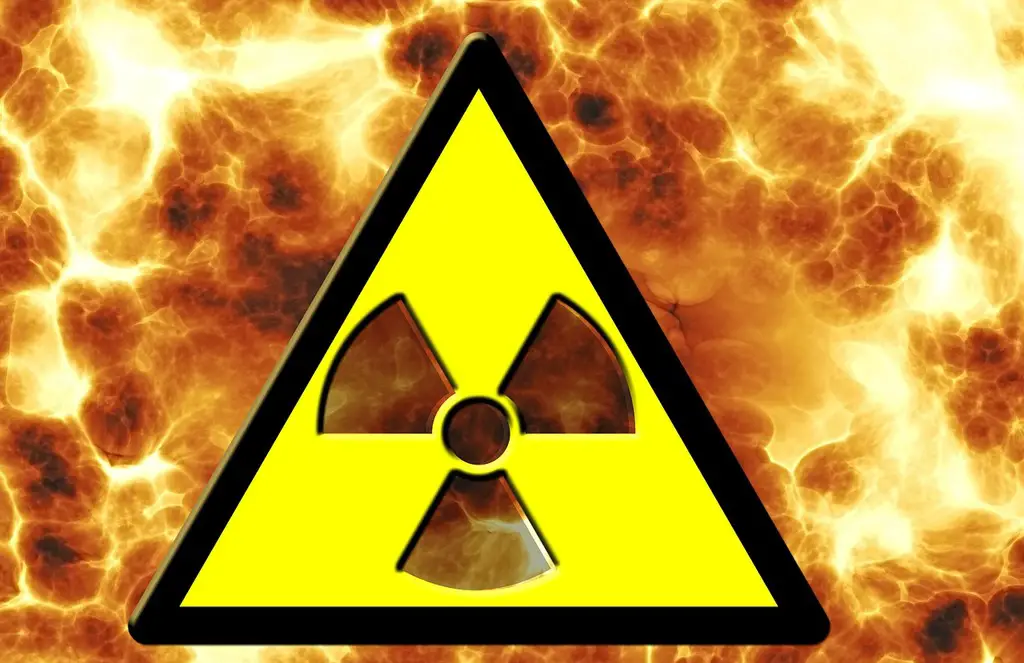
Believe it or not, the ’50s were full of products that used radioactive materials and claimed health benefits. Items like the Radium Emanator or radioactive toothpaste promised everything from extra energy to glowing white teeth. People genuinely believed these products could improve wellness, even though radiation exposure was quietly doing damage.
Today, we understand the long-term dangers of radiation exposure all too well. These products would be pulled from shelves instantly, and any company making similar claims would face enormous legal and health backlash. It’s hard to imagine a time when glowing lotion or uranium-laced water was seen as cutting-edge self-care, but that was the atomic age for you.
4. Asbestos Ironing Board Pads
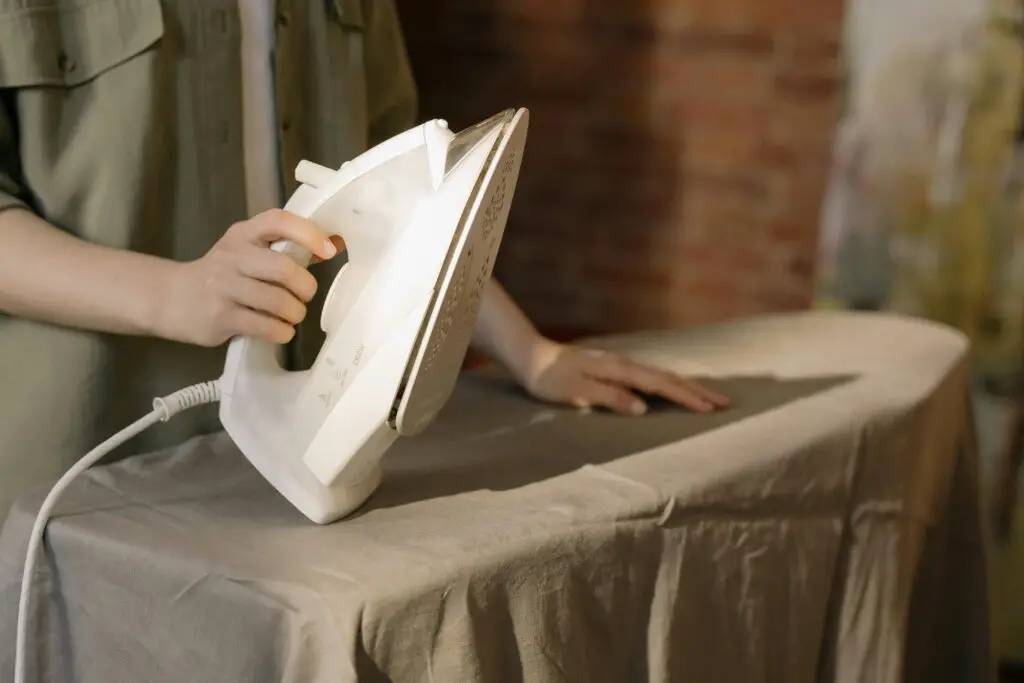
Back in the ’50s, asbestos was treated like a miracle material. It was fireproof, cheap, and widely used in everything from ceiling tiles to children’s toys. One surprisingly common household item was asbestos-lined ironing board pads. They helped absorb heat and protect against fires, but also released dangerous fibers with each use.
Of course, no one knew then that asbestos could cause severe lung diseases, including cancer. Today, it’s banned or heavily restricted in many countries. An ironing product containing asbestos wouldn’t even make it to production, let alone store shelves. In hindsight, the danger far outweighed the benefit of a slightly safer ironing experience.
5. Toy Gun Sets with Realistic Cap Guns
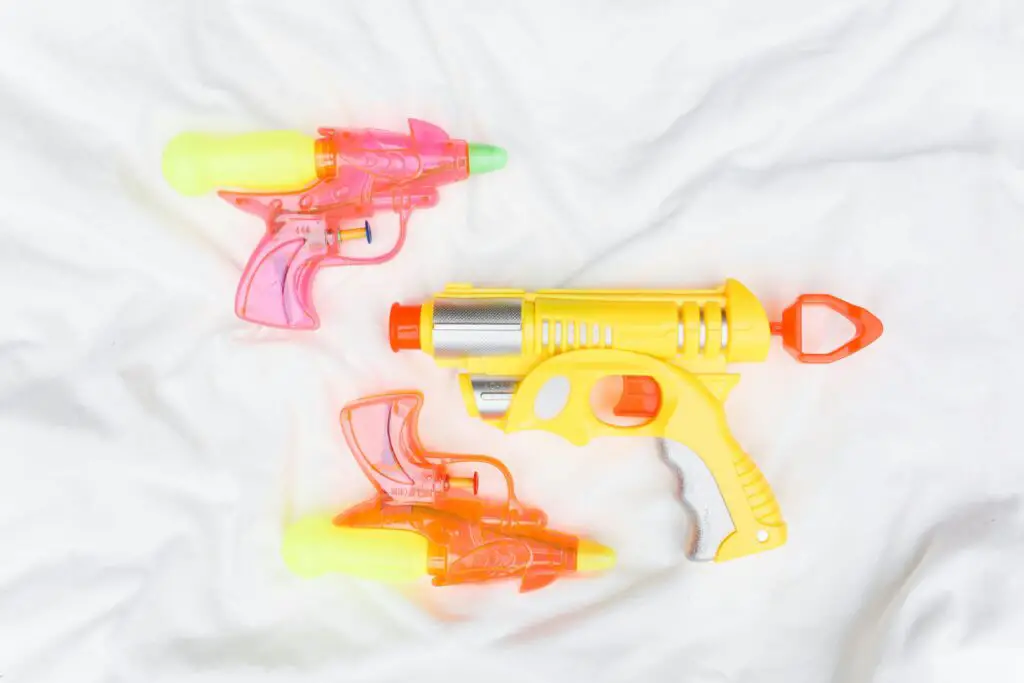
In the 1950s, toy gun sets were designed to look and sound just like the real thing. Kids had holsters, toy rifles, and cap guns that made a loud bang with smoke for extra effect. Westerns were all the rage, and children loved playing sheriff and outlaw in the backyard. The realism was part of the fun.
Today, this level of realism would never fly. With concerns about school safety and police confusion, many toy guns are now required to be bright-colored or clearly marked as toys. The idea of giving a child a black, metallic cap gun that looks identical to a firearm would set off alarm bells everywhere. Public perception and safety concerns have shifted dramatically.
6. Mercury Thermometers for Kids
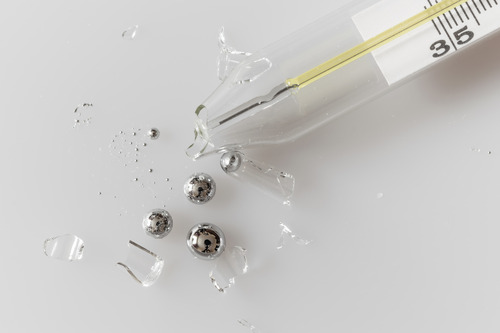
Glass thermometers filled with mercury were once a household staple, especially for children. Parents would place them under a child’s tongue without a second thought. They were considered reliable, affordable, and easy to use, despite the fact that mercury is highly toxic if the thermometer broke.
These days, mercury thermometers are mostly phased out in favor of digital or alcohol-based alternatives. If a company tried to market mercury products for kids today, they’d be shut down immediately. Environmental and health concerns have made mercury a material to avoid, especially around children, making these old thermometers a relic of a more trusting era.
7. Beauty Products with Lead

Lead was once a common ingredient in makeup, lipstick, and even skin-lightening creams during the ’50s. It helped preserve color and texture, but it also leached into the skin over time. Women had no idea that their beauty routines could be slowly poisoning them, because companies weren’t required to disclose ingredients or prove safety.
Today, lead in cosmetics is strictly regulated or banned altogether in many countries. A beauty product with measurable levels of lead would never pass FDA standards or consumer safety testing. What was once glamorized on vintage vanity tables is now used as a cautionary tale in toxicology classes.
8. Baby Car Seats with No Safety Features

The baby car seats of the 1950s were less about safety and more about convenience. Many looked like little lawn chairs and were designed to keep the baby from crawling around the car, not to protect them during a crash. They had no seat belts, no side protection, and were often placed in the front seat.
Modern car seats go through intense crash testing and require secure anchoring systems, harnesses, and side-impact protection. There’s no chance a flimsy seat like those old ones would be legal today. We’ve come a long way from simply “strapping in” the baby with hopes and good intentions.
9. Soda Containing Cocaine Derivatives
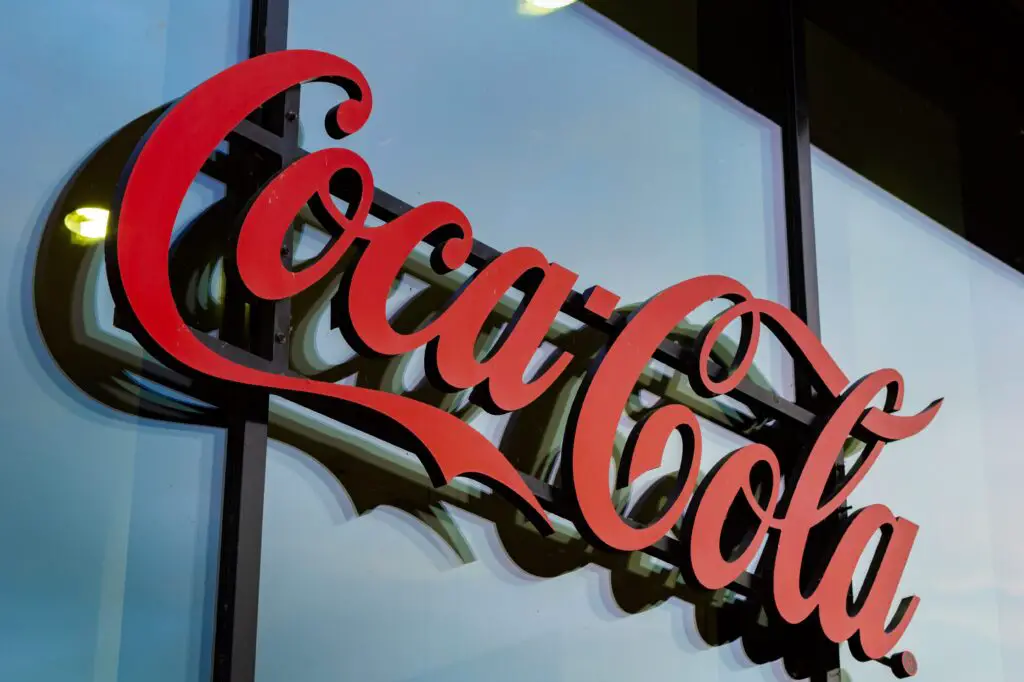
While Coca-Cola had removed cocaine from its formula before the 1950s, there were still some beverages and tonics on the market containing coca leaf extract or other drug-derived ingredients. These “energy tonics” were often marketed as health boosters or mood lifters. Some brands pushed boundaries with what they could legally include.
Today, any product with a trace of a narcotic—even in a derivative form—would face a complete ban. Health authorities would never approve a soft drink with any kind of drug-based additive. It’s wild to think that people once drank these casually, believing they were good for a pick-me-up.
10. Diethylstilbestrol (DES)
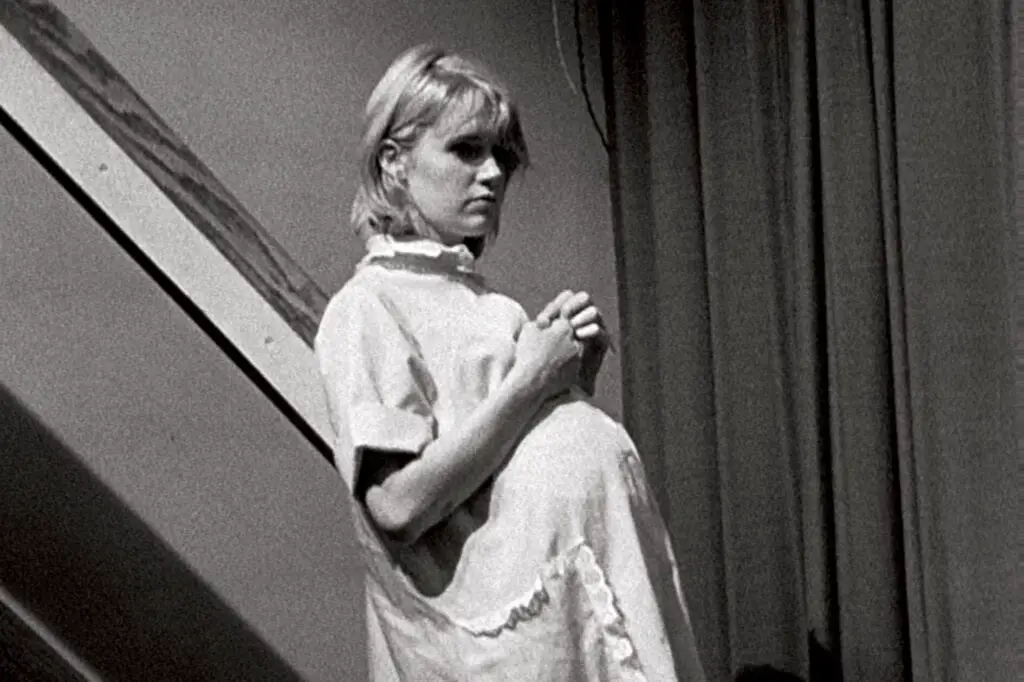
This synthetic hormone was widely prescribed in the ’50s to pregnant women to prevent miscarriages and complications. Doctors truly believed it was a miracle drug. What they didn’t know was that DES would later be linked to serious health issues for both mothers and their children, including increased cancer risks.
Eventually, the truth came out, and the drug was pulled from the market. Today, no medication would be so widely prescribed to pregnant women without thorough, long-term studies. It’s a tragic example of how even well-meaning medicine can cause harm when rushed into use.
11. Home Chemistry Sets with Uranium
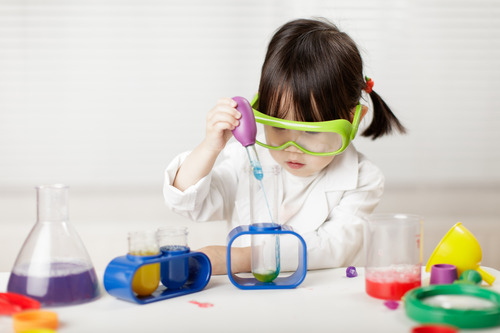
It sounds made up, but some ’50s kids had chemistry kits that included actual uranium ore. These sets were supposed to spark an interest in science and even included tools to measure radioactivity. Parents didn’t worry much about radiation exposure back then—it was the Atomic Age, after all.
Modern safety regulations would never allow radioactive materials in a child’s toy. There are strict rules around handling and transporting even small amounts of uranium today. Giving it to a child to explore on the kitchen table? That’s a hard no from every safety agency on the planet.
12. Electric Hair Dryers Without Grounding
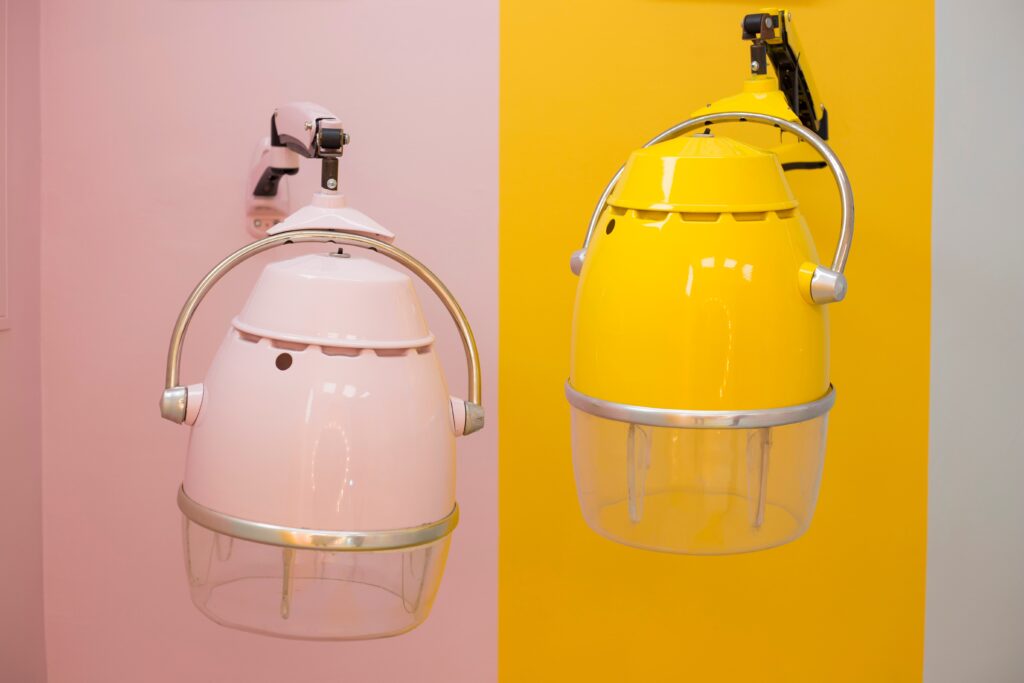
Vintage hair dryers from the ’50s were often beautiful chrome machines, but they were also shock hazards. Many didn’t have grounding plugs, and some were even used near sinks or tubs. One faulty wire and you were at serious risk for electrocution.
Now, appliances that operate near water must include grounding features, GFCI outlets, and pass extensive safety tests. The idea of plugging in a metal device next to your bathtub without those protections is terrifying today. Beauty has always come with risks, but we expect modern tools to be far safer.
13. Soda for Babies
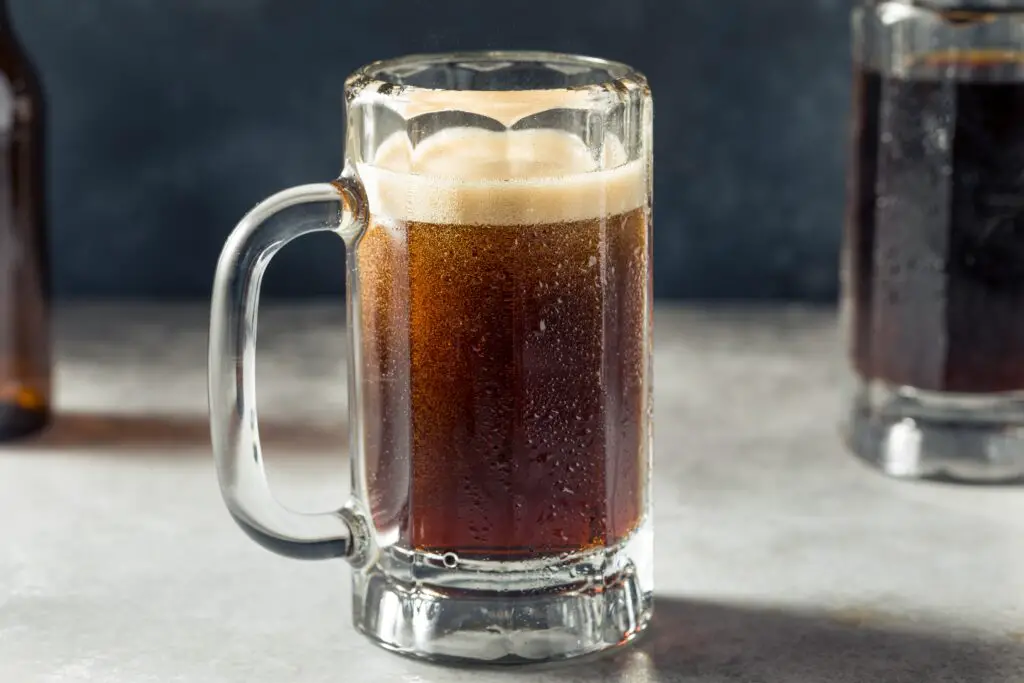
In the 1950s, it wasn’t unusual to see ads suggesting that giving soda to babies was perfectly fine. Some brands even encouraged starting kids young to develop a “taste” for their product. The ads were charmingly illustrated, but the idea of pouring sugary, caffeinated drinks into a baby bottle is hard to stomach now.
Today, pediatricians recommend avoiding added sugar for as long as possible, especially in infancy. No company would get approval to market soda to babies, and doing so would likely trigger massive backlash. It’s a jarring reminder of how marketing once took priority over basic health knowledge.
